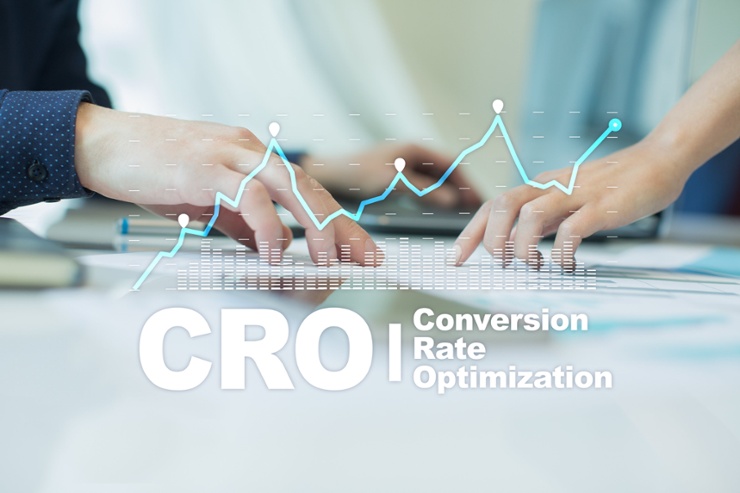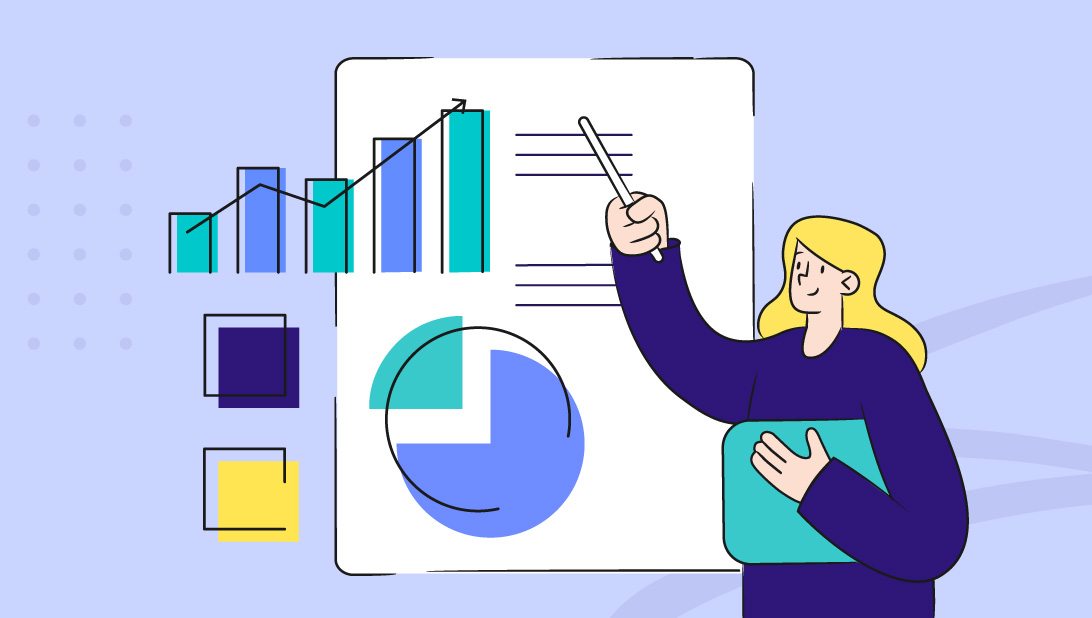



Most B2B tech buyers research solutions and engage vendors online, so your SaaS website is your home base for driving traffic, showcasing your solution, educating prospects, and capturing leads.
Your B2B website must make an impression fast. Since it’s often a prospect’s first interaction with your brand, it should position your company in a positive light and provide value by demonstrating how your solution can solve visitors’ challenges and help them achieve their goals.
How do you want to be perceived, and what will you say to engage prospects in further conversations? There are six key elements a SaaS website must include to attract traffic, engage visitors, convert them into leads, and turn them into paying customers.
As more B2B buyers use mobile devices to conduct business activities, your SaaS website must prioritize the mobile user experience with a responsive design compatible with all device types. Luckily, most modern CMS platforms and website templates are mobile responsive.
Adopt a mobile-first mindset by keeping website elements simple and clean. Prioritize content and provide a mobile menu so users can navigate your site on smaller screens without a hover option. Implement media queries to modify website appearance based on the user’s device, browser, or system settings.
A responsive B2B website should have fast load times and feature touch-friendly navigation, mobile-optimized forms, and calls to action (CTAs). Autofill-enabled fields, minimal required inputs, and click-to-call, tap-to-email, or direct messaging buttons help reduce friction and increase conversion rates.
A data-driven design approach allows you to create a SaaS website without the guesswork traditional website design processes rely on. Instead of spending substantial resources to build everything before testing the site's effectiveness, it starts with a minimalist site — allowing you to measure user response and make targeted improvements.
Data-driven design enables you to launch your site quickly to gain real-world insights and support continuous improvements. It’s more cost-effective because you can work with an agency on a retainer model to add content and implement changes gradually instead of making a substantial upfront investment.
Most importantly, data-driven design tracks and analyzes users’ interactions with your content to inform your decisions and focus your resources. Moreover, the insights help you adapt to shifting market demand and customer preferences to stay relevant and competitive.
SEO is crucial for any B2B website. If your site fails to rank at the top of search engine results pages (SERPs), you’ll struggle to attract visitors organically — and ultimately fail to gain customers through your site. While most people know that an SEO strategy involves keyword research, that’s just the tip of the iceberg.
Google’s E-E-A-T framework prioritizes content demonstrating experience, expertise, authoritativeness, and trustworthiness. To rank high in relevant SERPs, post original content that engages the audience, provides value, shares expert knowledge, offers accurate information, and links to trusted sources.
Additionally, optimize your SaaS website to meet modern search engines’ technical requirements. For example, you should improve site speed and crawlability, create an XML sitemap, use schema markup, implement a clear URL structure, fix broken links, and remove duplicate content.
A Gartner survey found that 75% of B2B buyers prefer a rep-free sales experience. However, this doesn't mean you can ignore customer support on your SaaS website. On the contrary, an outstanding self-service experience is more critical than ever for driving conversions and improving customer retention.
Webchat enables SaaS companies to provide customer support and answer prospects’ questions in real time. AI chatbots make it possible to deliver scalable and personalized assistance. Besides 24/7 instant response, you can provide targeted, contextually relevant content and use conversational selling techniques to drive conversions.
Another benefit of AI chatbots? They can ask qualifying questions to segment potential customers based on their pain points, needs, and roles, then collect contact details and hand off hot leads to sales teams. You can also automate troubleshooting to shorten time to resolution (TTR), lower support costs, and improve customer satisfaction.
A SaaS solution's abstract nature and complexity can be challenging to communicate through website content or demo videos alone. A free trial allows prospects to see first-hand how your software can benefit them without purchasing a subscription plan or locking into a commitment.
Free trials can be highly effective in turning prospects into paying customers, with median conversion rates as high as 62.4% for SaaS companies, according to a benchmark study by Recurly. Your SaaS website should include a dedicated sign-up page and CTAs throughout your content to encourage visitors to try your solution.
To further increase conversion rates, drop the credit card requirement to lower friction. Design a follow-up sequence to encourage users to sign up for paid plans. Also, optimize the free trial timeframe — A/B test a longer and shorter trial period to see what works best for your solution and prospects.
Of course, we can’t forget about your SaaS website’s most important goal — acquiring customers! Whether you aim to capture visitors’ information and turn them into leads with gated content, entice prospects to sign up for a free trial or request a demo, or convert free trial users into paying customers, you must tell them what action to take.
Therefore, compelling CTAs are essential for an effective B2B website. They must be direct, to the point, and convincing. Make your CTA action-oriented and specific. For example, instead of generic copy like “submit,” say “join the webinar.” You may also reiterate the benefits of taking action in the copy.
Additionally, ensure the conversion path is as seamless and frictionless as possible. Minimize the information you ask in a web form and simplify the mobile user experience with autofill. Use social proof on landing pages to add instant credibility. Also, encourage micro conversions — small steps that eventually lead visitors to the end goal.
An effective SaaS website has many components. All of them must work synergistically to achieve your marketing objectives. You need a team of experts, including website strategists, copywriters, designers, content marketers, website developers, and more, to cover the bases.
To maximize their websites’ impact without hiring a large in-house team, many SaaS companies partner with an experienced B2B marketing agency.
At Spot On, we combine expert knowledge about the SaaS industry with the latest digital marketing best practices to help SaaS companies build the B2B website they’ve been searching for. Schedule a meeting to discuss how we can make your website work harder for you.


Rebecca Graves co-founded Spot On in 2012. As a partner and leader of client services, she takes immense pride in being in charge of “client happiness.” The role allows her to wield her problem-solving skills while fostering big-picture perspectives and team building. Rebecca’s more than 35 years of experience have equipped her to translate strategic planning expertise for the advancement of tech companies transforming the healthcare, financial, and legal industries.
Get the latest and greatest posts sent straight to your inbox.


